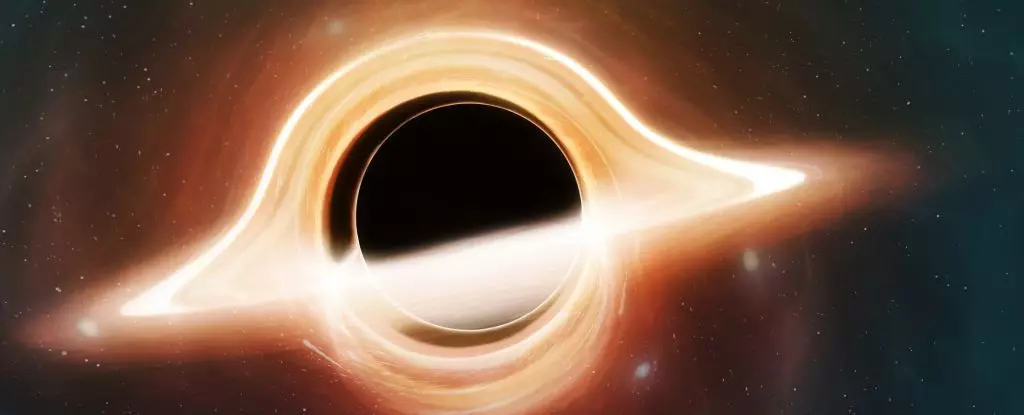The recent discovery of a cluster of stars known as IRS 13 near the center of the galaxy has shed light on the existence of intermediate mass black holes in the Universe. These black holes, which fall within the mass range between stellar-mass and supermassive black holes, have long been an enigmatic component of black hole evolution. The proximity of IRS 13 to the supermassive black hole at the Milky Way’s core, Sagittarius A* (Sgr A*), has captured the attention of astronomers and astrophysicists alike, offering a unique opportunity to study the growth and development of black holes in our galaxy.
The discovery of IRS 13 over 25 years ago initially led to confusion and speculation regarding its nature. From being mistaken as a single massive star to a binary star system and eventually a small cluster, the true identity of IRS 13 remained elusive. However, recent observations and analysis by a team of researchers led by astrophysicist Florian Peißker of the University of Cologne in Germany have provided valuable insights into the nature of this enigmatic star cluster.
The proximity of IRS 13 to the supermassive black hole Sgr A* highlights its significance as a potential building block for the growth and evolution of black holes in the galactic center. The orderly motion of stars and gas clumps within IRS 13 suggests the presence of a massive object at its center, influencing the gravitational dynamics of the cluster. The identification of X-rays and a ring of ionized gas rotating at high speeds within IRS 13 has led researchers to conclude that an intermediate mass black hole with a mass of approximately 30,000 solar masses resides at its core.
The discovery of an intermediate mass black hole within IRS 13 has significant implications for our understanding of black hole evolution. These elusive black holes fill a crucial gap in the mass range between stellar-mass and supermassive black holes, providing valuable insight into the growth mechanisms of these cosmic entities. The identification of IRS 13 as a potential source of intermediate mass black holes offers a unique opportunity to study the formation and dynamics of these enigmatic objects.
Future observations and research utilizing state-of-the-art instruments will provide further insight into the nature of IRS 13 and its role in black hole evolution. By studying the interactions between IRS 13 and Sgr A*, astronomers hope to unravel the mysteries surrounding the growth and development of black holes in our galaxy. The continued exploration of IRS 13 and other star clusters near the galactic center will offer new perspectives on the formation and evolution of black holes in the Universe.
The discovery of an intermediate mass black hole within IRS 13 represents a significant milestone in our quest to understand the complex nature of black hole evolution. By studying the interactions between star clusters and supermassive black holes, scientists are gaining valuable insights into the growth mechanisms of these cosmic entities. The enigmatic nature of intermediate mass black holes continues to intrigue and challenge our understanding of the Universe, opening new avenues for exploration and discovery in the field of astrophysics.


Leave a Reply